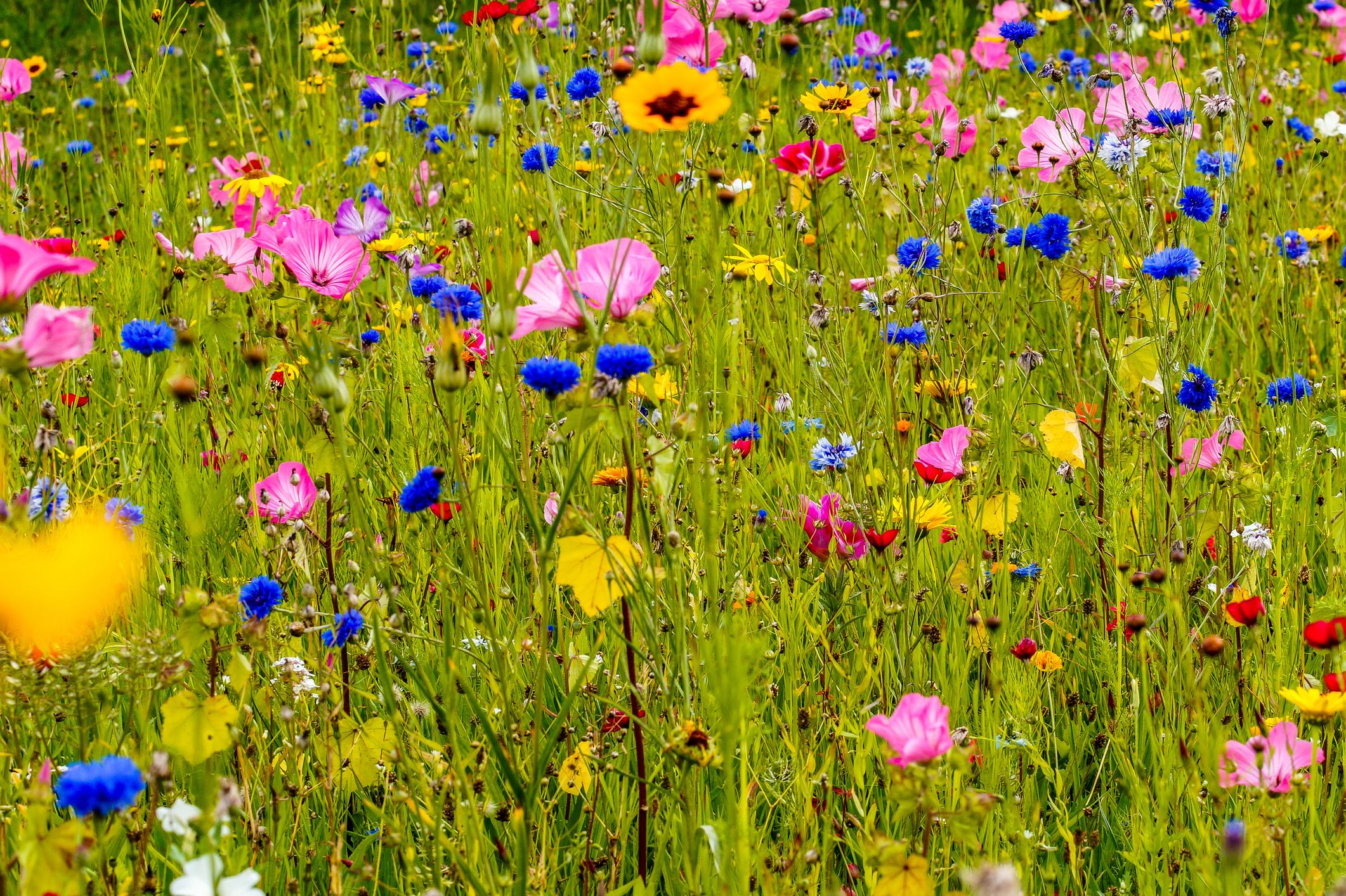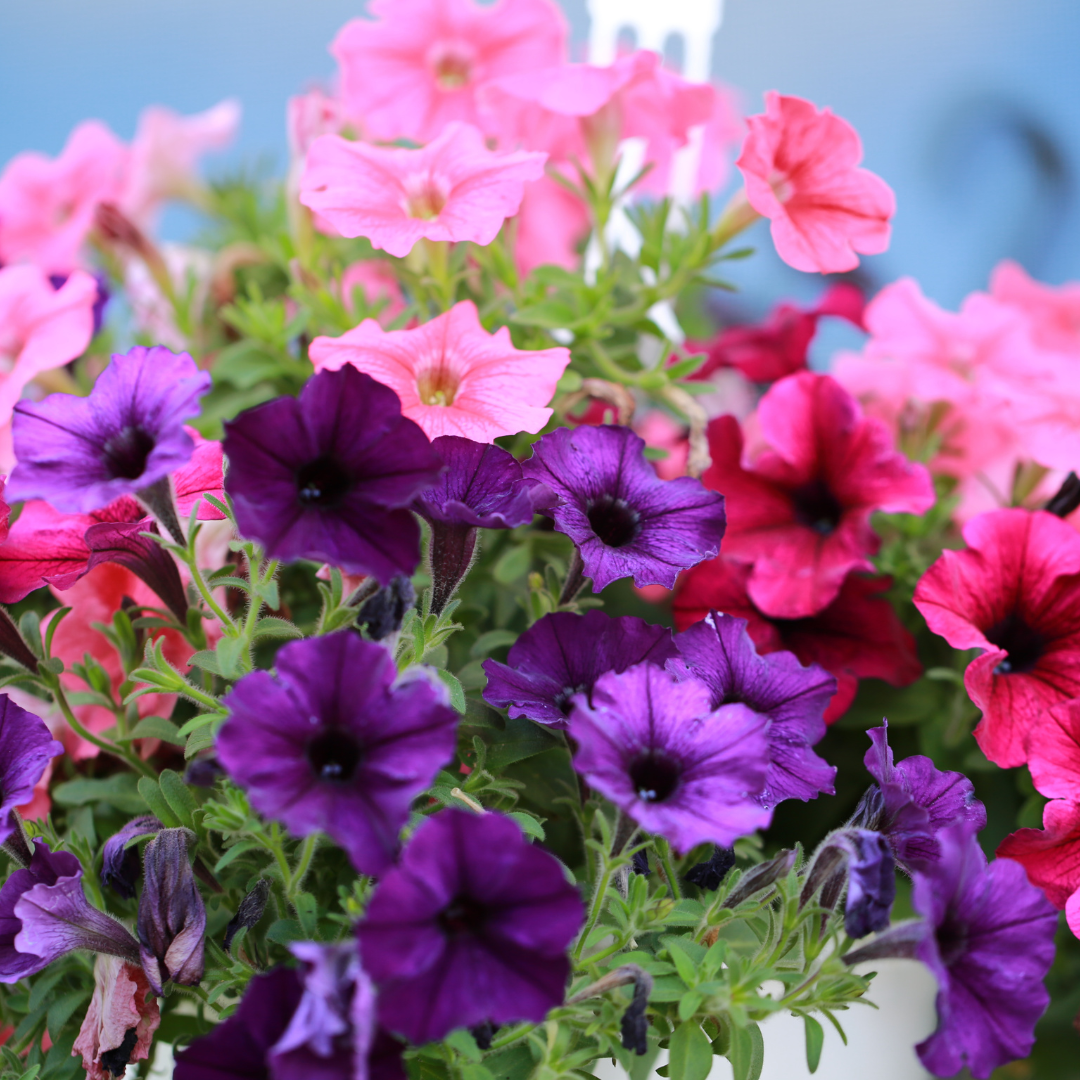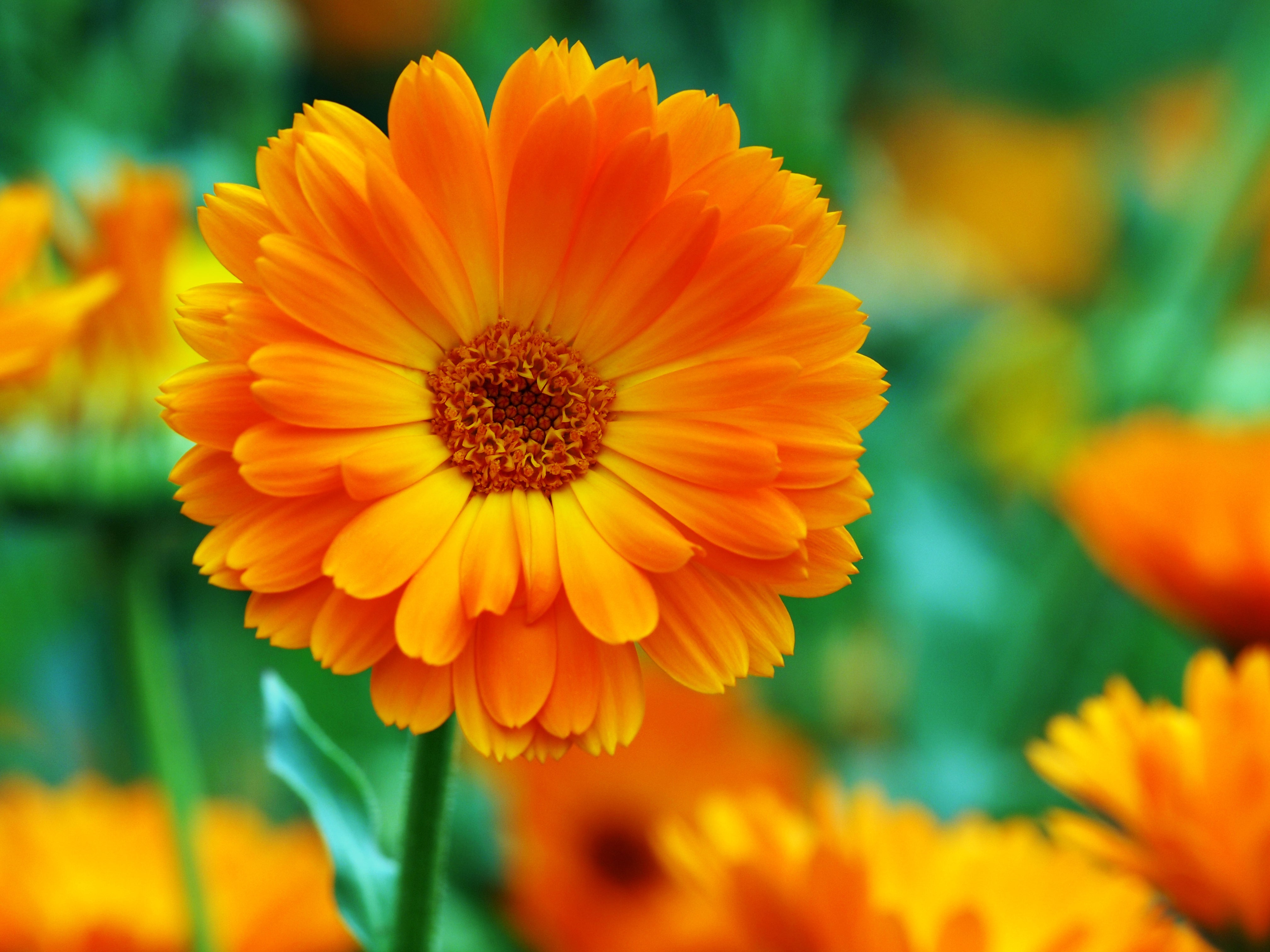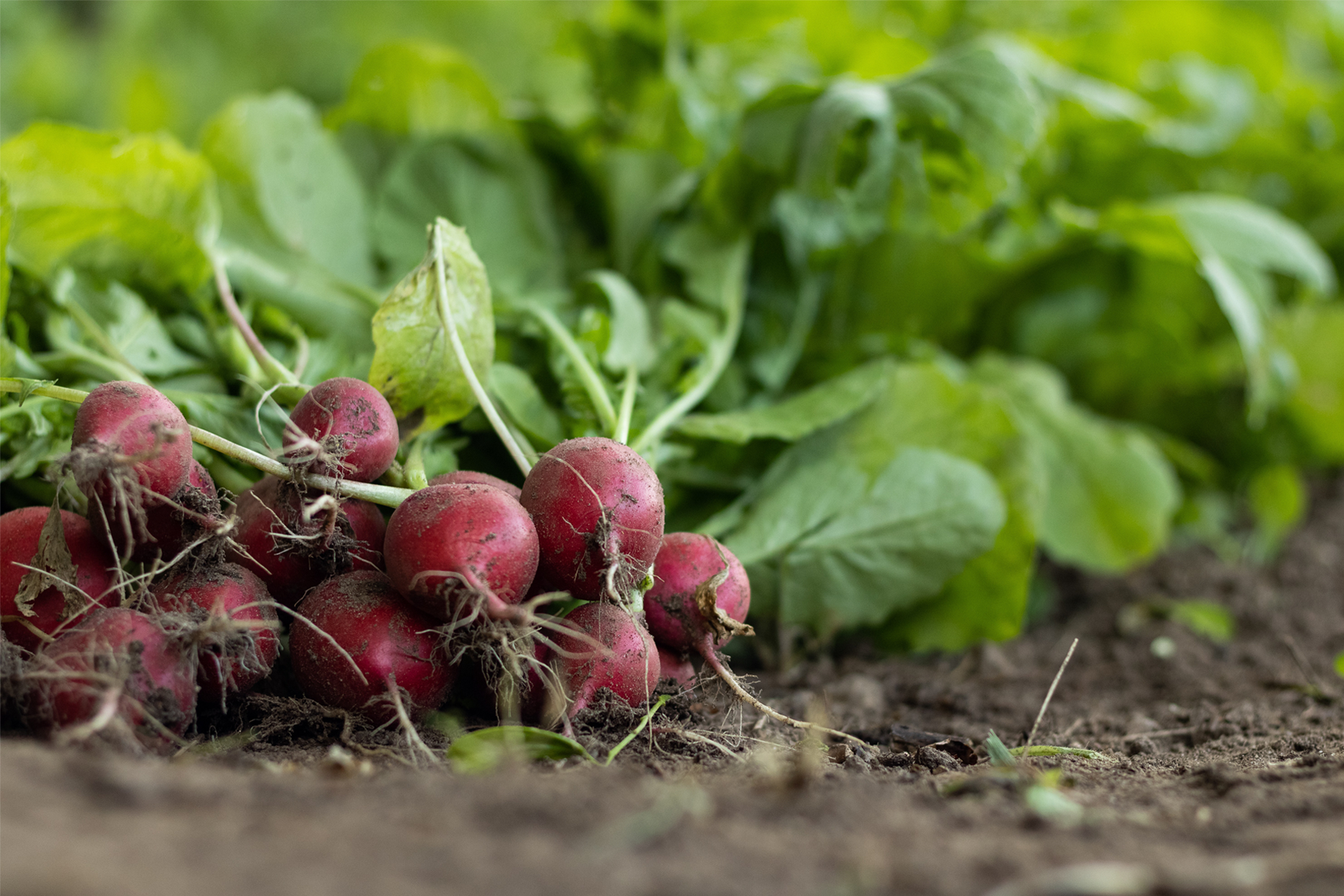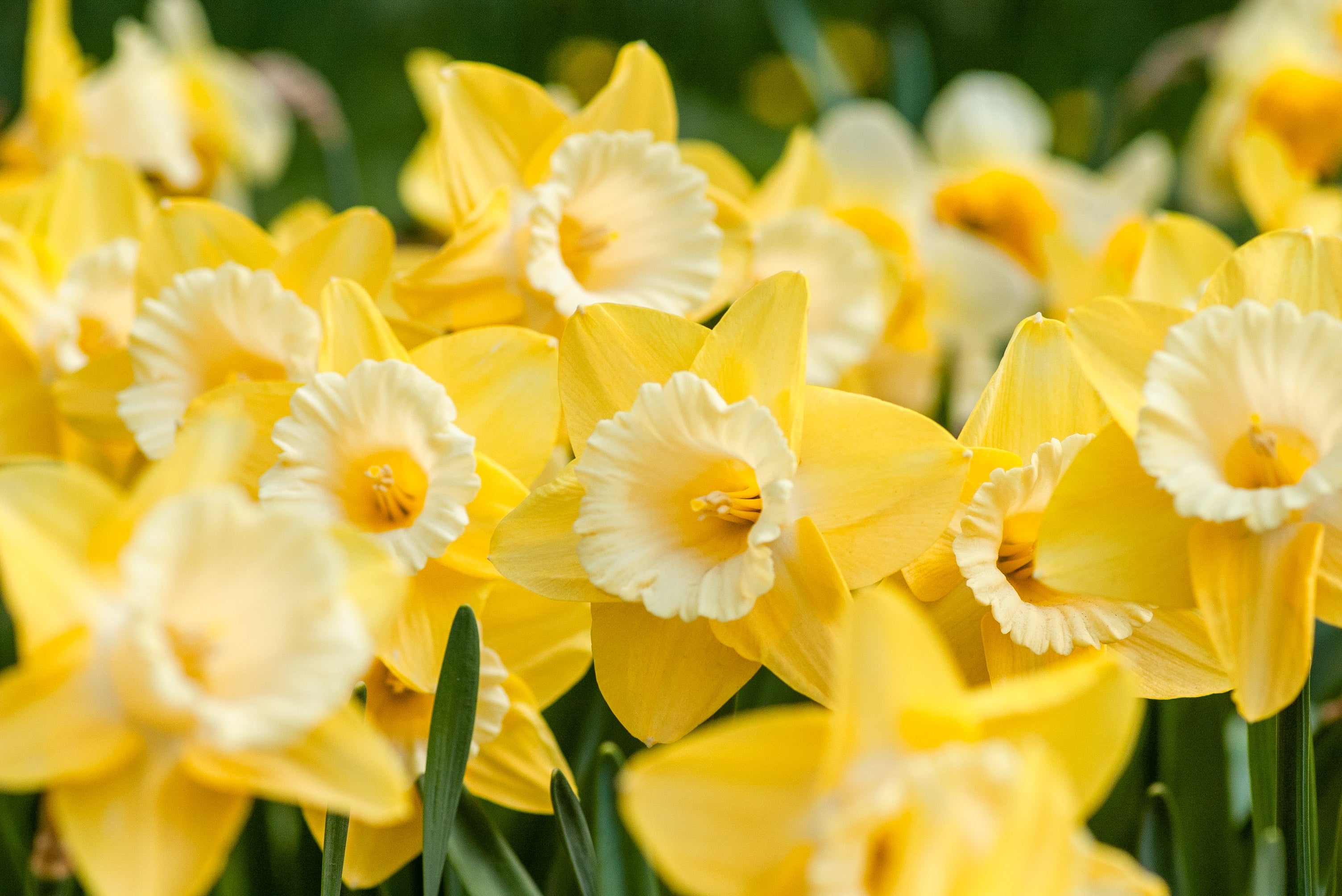The simplest thing you can do to help save the bees is to plant some bee-friendly plants in your garden, starting with wildflower. Every ‘bee friendly garden’ should have at least a few wildflower plants. Bees are great pollinators, and therefore play a key role in producing a lot of the food we eat. Wildflowers will grow in a wide range of conditions throughout the country and they are proven bee favourites in our gardens.
How much seed do I need?
For best results we recommend to sow seed at 1 gram per square metre. However, if you have good quality soil, have put good effort into preparation so your site is clean and weed free and if you are able to provide water during germination, then you could sow seed to a slightly larger area size.
Where to sow
Anywhere! A square metre or two in a courtyard, dollops under roses or in the veggie garden, down a drive, or go for gold with a full sized meadow! The site does not have to be flat. Banks are good as long as you are able to get on them to clean up. If the bank is very steep, look at establishing an area on the crest where maturing wildflowers will seed down the slope, but watch for “wash off’ in heavy rain.
Most wildflowers are sun lovers so make sure they receive at least 4-5 hours sun per day, the more the better! But if nothing else is growing on your site (e.g.under large trees) then wildflowers won’t either.
Soil type
Wildflowers grow well in a wide range of soils. Very impoverished soils can produce stunted seedling growth but a basic foliar fertiliser spray will help. Avoid wet or soggy soils. Heavy clay or very acid soils will benefit from adding lime – up to 100 grams per square metre. Fertilising the ground is usually not recommended as it will encourage weed growth, but we recommend adding Gardeners Choice Organic Compost, this will improve the soil structure and fertility of the soil and is especially good for clay soils.
When to sow
Sowing can be any time from early spring through to summer and autumn. Delay spring sowing until you have consistent warm weather. If you have irrigation then seed can be sown all summer too. Autumn sown seeds will over-winter as a green sward and then burst forth for early spring flowering.
Wildflower seeds will germinate and grow when soil and air conditions are warm and airy. Generally speaking they need at least 15 °C consistent day temperatures at soil surface. Prolonged cold wet conditions below this will significantly affect germination. Heavy clays can take longer to warm up than sandy loams.
Site preparation
Wildflower seed must make contact with soil for them to grow. They will not grow on grass or weeds – these must be completely removed and the soil surface broken up to a fine crumb structure. Aim for a clean, weed free site where the wildflowers will grow fast to beat and suppress the weeds.
Organic methods of site preparation
There are a number of organic herbicides now available; we recommend Kiwicare Organic Weed Free Spray or concentrate. Alternatively, you could burn off weeds with a flame gun, salt spray, add boiling water or overlaying mown planting areas with a thick layer of damp newspaper or cardboard, or use weed mat and then cover with weed free mulch of 50 mm plus. Otherwise, lightly cultivate the soil surface several times to remove weeds, allowing them to dry out on the soil surface each time. Sprinkle with wildflower seeds and lightly rack or sprinkle with fine soil to just cover. Note: wildflower seeds should never be covered any deeper than 2-3 mm as this could inhibit germination.If Kikuyu is present we suggest you use Weed Mat, then a 100-150mm layer of soil on top to sow into. It is recommended that you use a barrier to prevent the grass taking over the planted area and strangling the wildflowers. A barrier can be achieved by planting a Comfrey (Symphytum Officinale) border or using Punga sleepers or timber edgings.
Once seed is sown, moisten the area. Keep soil moist so that seeds can germinate for approximately 10 days. Watch for slugs and snails, use EasyTRAP slug and snail traps or place crushed shells around the edges of the Wildflower area.
A non organic site preparation regime for getting a weedy or grassy area ready would be:
- spray off with glyphosate such as Weed Weapon and allow to die off
- If dead grass is long, then cut and remove debris
- Lightly cultivate the soil surface to a MAXIMUM depth of 50 mm (sandy loams) or 100 mm (clays). Avoid deep cultivation as this releases dormant weed seeds.
- Allow weeds to colonise area again to a green sward
- Spray again and allow to die down
- Lightly cultivate soil surface again prior to sowing to a good, fine crumb structure.
BEE AWARE! Only Spray very early morning or at dusk and not when flowers are present.
Sowing seed
For an even distribution mix seed with a carrier agent. Use at least 15 –20 parts of a coarse material such as dry river sand or pumice (even potting mix is ok) to 1 part of seed. Lightly coloured sand or pumice shows up well on dark soil and helps to show which areas you have sown! Make sure the carrier agent is dry for easier spreading. For larger areas a hand held fertiliser spreader is ideal. A very low NPK granular fertiliser (6N 6P 6K) like the Palmers General Fertiliser, is also an excellent medium to use as a spreader/carrier agent to mix with the seed at sowing time.
Ensure the seed is well mixed then broadcast as evenly as possible over the prepared area. Lightly rake or water the seed into the soil. The seed should never be covered any deeper than 2-3 mm as this could inhibit germination.
Aftercare
Like any other seed, wildflowers require ample moisture for the first 4-6 weeks to germinate and establish. They can then usually survive with minimum rainfall but additional water in dry periods will encourage more flowers. Major weeds that reappear can be hoed or spot sprayed in their early stages. Flowering should begin within about 8-10 weeks from a spring or summer sowing.
After flowering cleanup
Once flowering has finished and the plants look a bit untidy then the area can be trimmed or mown down. If there are not many weeds in the area then cut everything down and leave the trimmings on the ground to drop their seed for next season. To prevent the area being covered with weeds, over mulch with straw. Pull, hoe or spot spray any weeds. A light cultivation or rake over is recommended to encourage reseeding.
If lots of weeds have crept in then spray the whole area immediately before any new wildflower growth (as you did at the start of cleanup before sowing). Then mow or mulch the whole bed to a fine trash. If the soil surface has hardened off again, lightly cultivate to break this cap to encourage new seedling growth.
More fresh seeds may be required until the area becomes self-perpetuating. For best effect sowing up to 50% of the original amount is recommended, especially if there has been a weed problem. Gently rake new seed into the clean wildflower bed. Some species may become more dominant than others due to local climates and conditions. Have fun experimenting to see what will work best for you.

